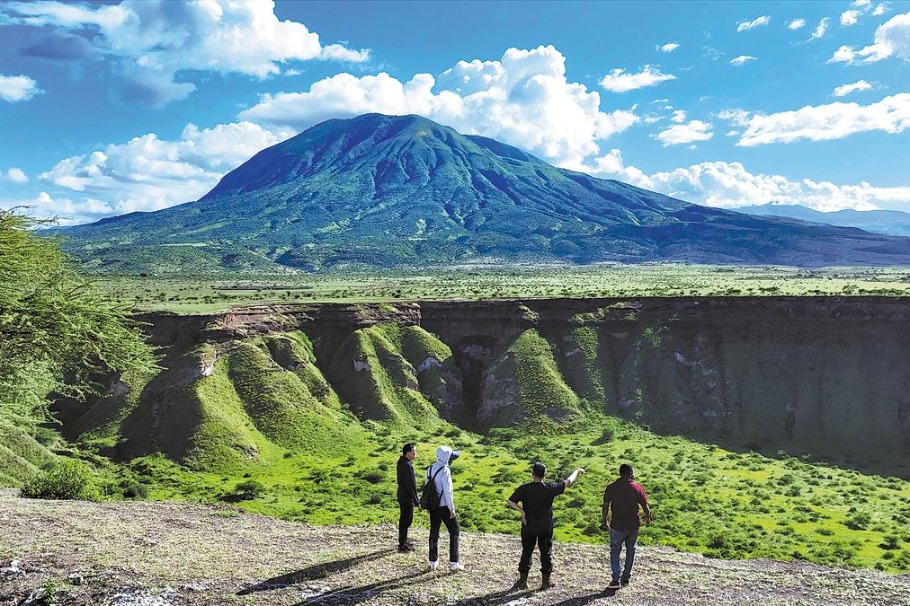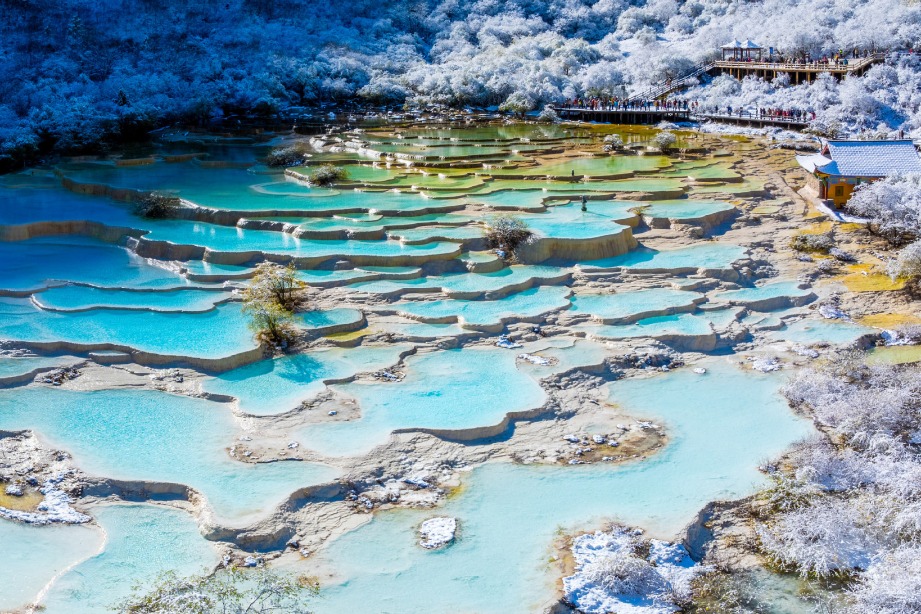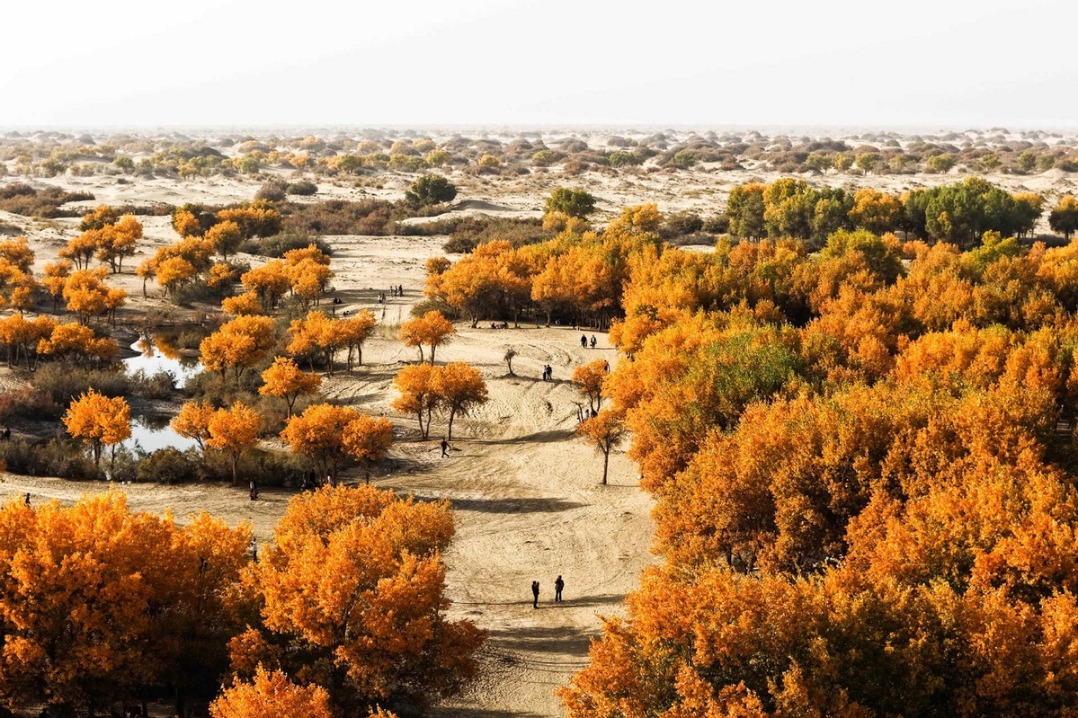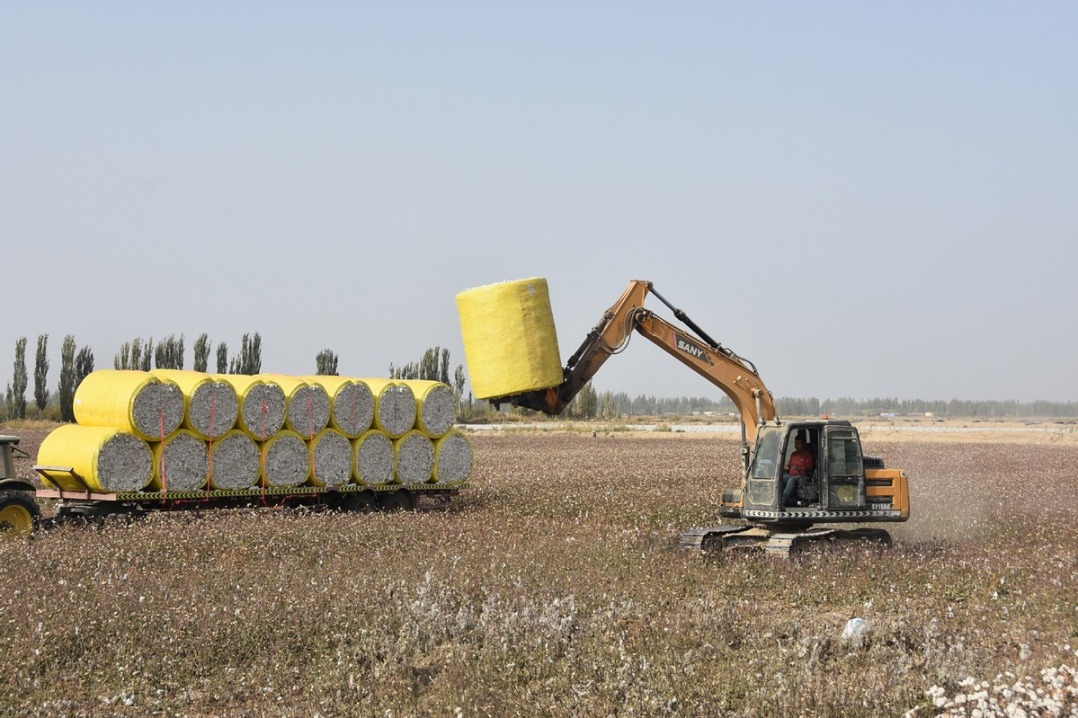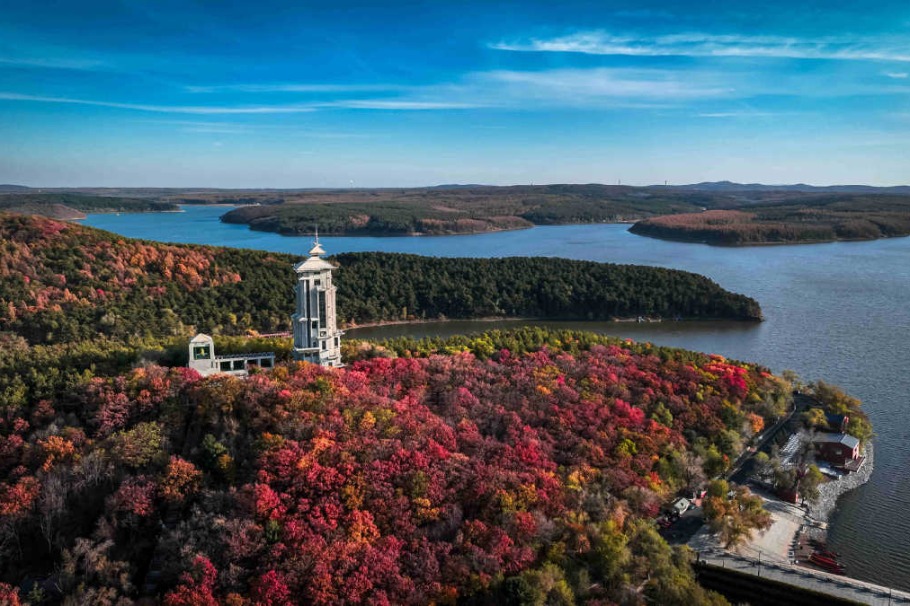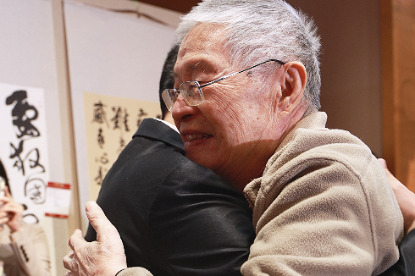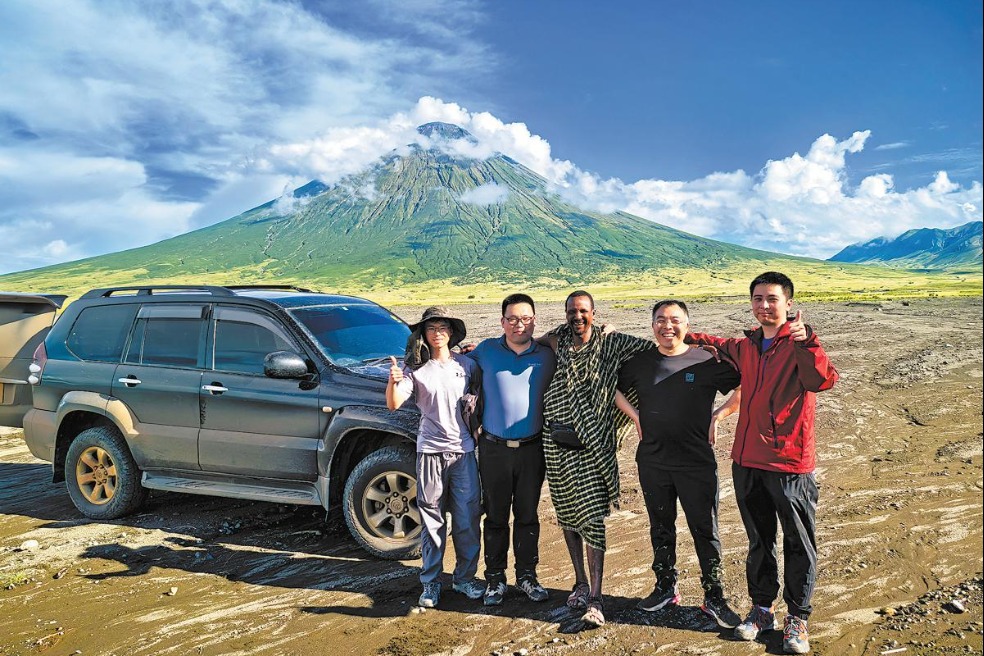New Petrocodon species discovered in South China

NANNING -- Chinese researchers have discovered a new species of Petrocodon in South China's Guangxi Zhuang autonomous region and named it Petrocodon curvitubus.
Their findings have been published in a recent edition of the journal Phytokeys, according to the Guangxi Institute of Botany under Chinese Academy of Sciences.
In January 2024, the researchers collected an unidentified species of Gesneriaceae with a purple corolla that had been growing on a stone wall at the entrance to a karst cave in Guangxi's Debao county. In March of that year, they conducted follow-up investigations and collected flowering specimens.
Through morphological observation, literature research and specimen comparisons, they confirmed that the plant is a new species of Petrocodon.
Petrocodon curvitubus, a perennial herbaceous plant found only in the locality of Debao, features elliptic to oblong-ovate leaves, corollas with two purple longitudinal stripes and a conical ovary -- characteristics which distinguish it from other species within the Petrocodon genus, said Wei Jinxin, one of the researchers involved.
Pan Bo, an associate researcher at the Guangxi Institute of Botany, said that the discovery of this species adds a new member to the genus and enriches the variety of plant species found in karst landforms.
Additionally, the discovery enriches the biodiversity of the karst regions in southwest China, holding significant importance to the conservation and study of regional biodiversity, Pan added.
To date, 55 Petrocodon species have been documented in China, primarily distributed in the country's southern and southwestern regions.
- Duo fined for damaging grassland at Xinjiang landmark
- Chinese biotech firms unveil advanced human-centric genomic model
- China delivers 1st dual-fuel luxury Ro-Ro vessel GNV·VIRGO
- Nyingchi's breathtaking autumn charm
- Shijiazhuang's China-Europe freight trains surpass last year's total by October
- China's electricity consumption maintains steady growth in September
















